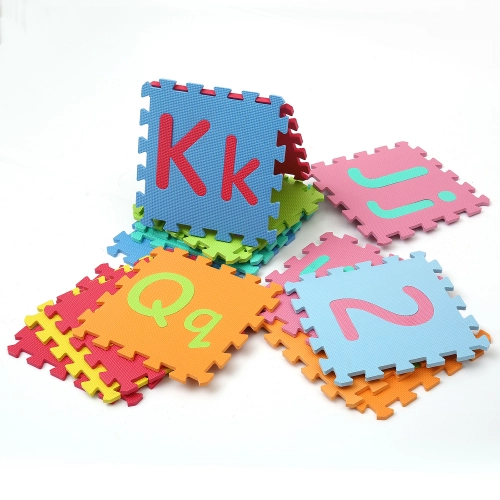Here we introduce the parameter index – hardness of the foam mat, which is used to measure the softness of our mat. The larger the value, the higher the hardness. We hope you can find the foam mat with the appropriate hardness. Our Newinbest Eva foam mat hardness usually ranges from Shore A 38 to 45, which can meet various needs, such as soft children’s Puzzle mat, elastic Fitness mat, or high-strength Tatami mat.
Shore hardness is a measure of the resistance of a material to indentation. It is commonly used to describe the hardness of rubber, plastic, and other elastomeric materials.
The Shore hardness test uses a device called a durometer to measure the depth of penetration of a specified indenter into the material being tested. The result is expressed in a numerical value on a scale of 0 to 100, where higher numbers indicate greater resistance to indentation and therefore greater hardness.
There are several different Shore hardness scales, each designated by a letter: A, B, C, D, DO, E, M, O, and OO. The most commonly used scales are A and D.
The Shore A scale is used for softer materials, such as rubber, foam, and some plastics. The Shore D scale is used for harder materials, such as harder plastics and some metals.
The levels of Shore hardness can be described as follows:
0-20 Shore A: Very soft, typically used for gels and similar materials
20-40 Shore A: Soft, typically used for foam and sponge materials
40-70 Shore A: Medium, typically used for general-purpose rubber and plastic materials
70-90 Shore A: Hard, typically used for harder rubber and plastic materials
Above 90 Shore A: Very hard, typically used for rigid plastics and some metals

